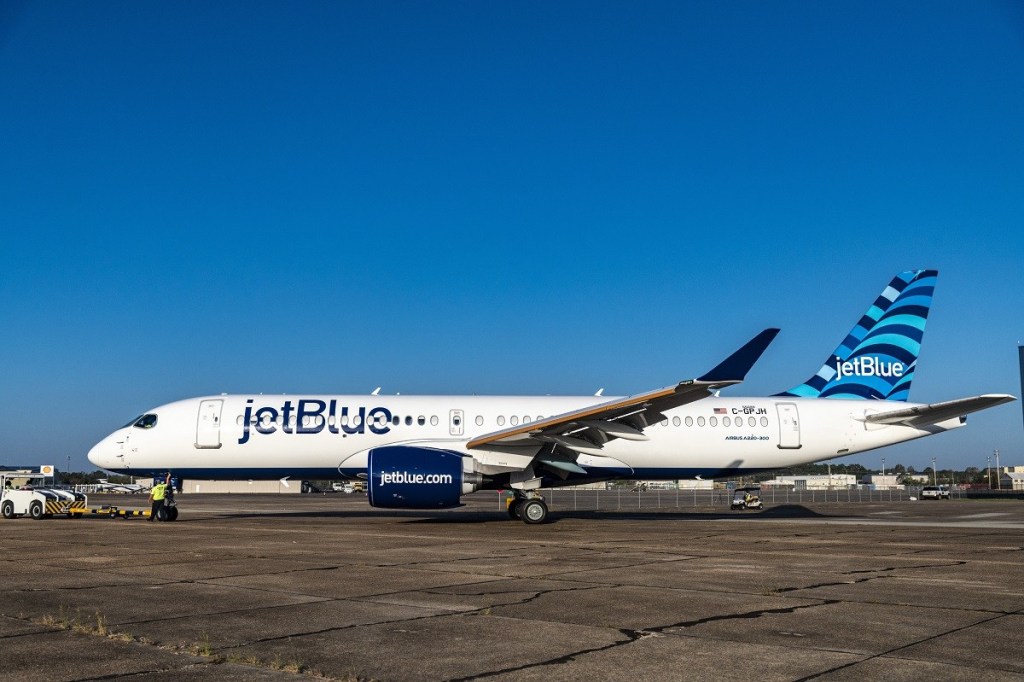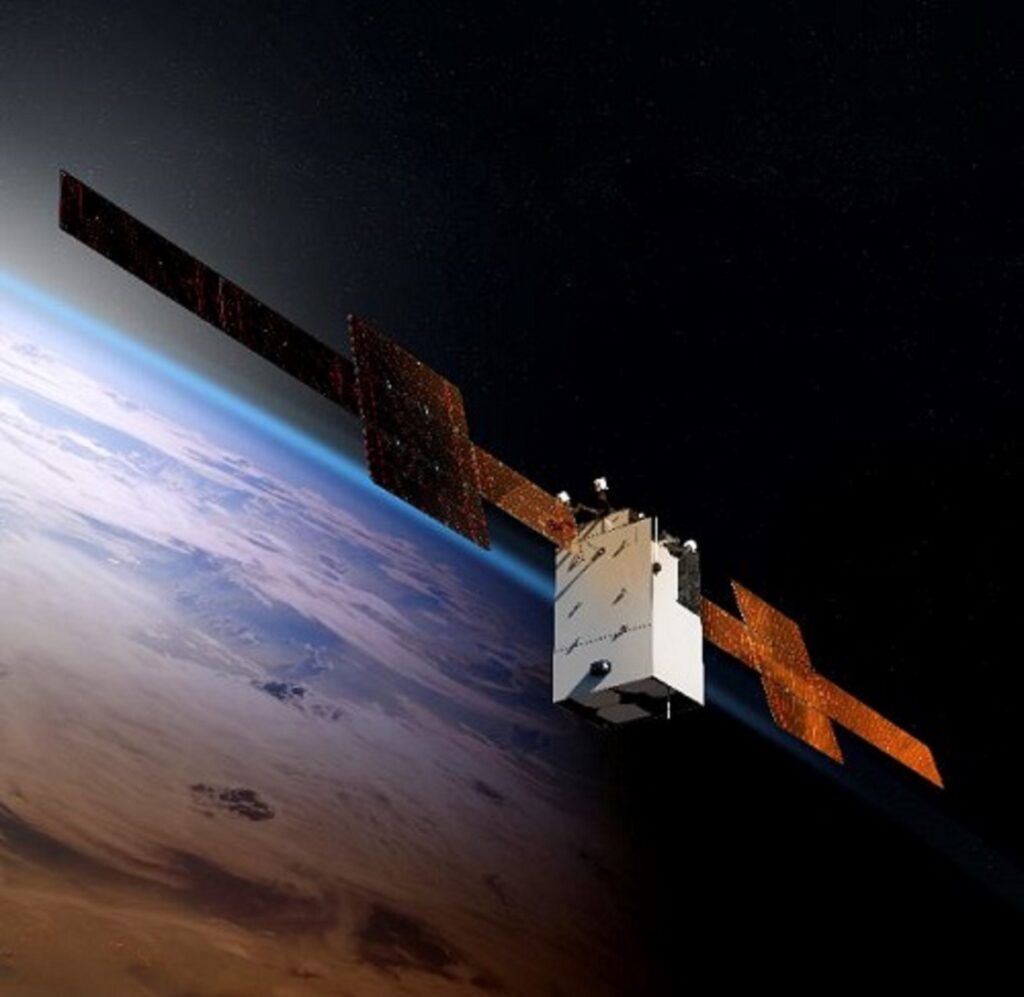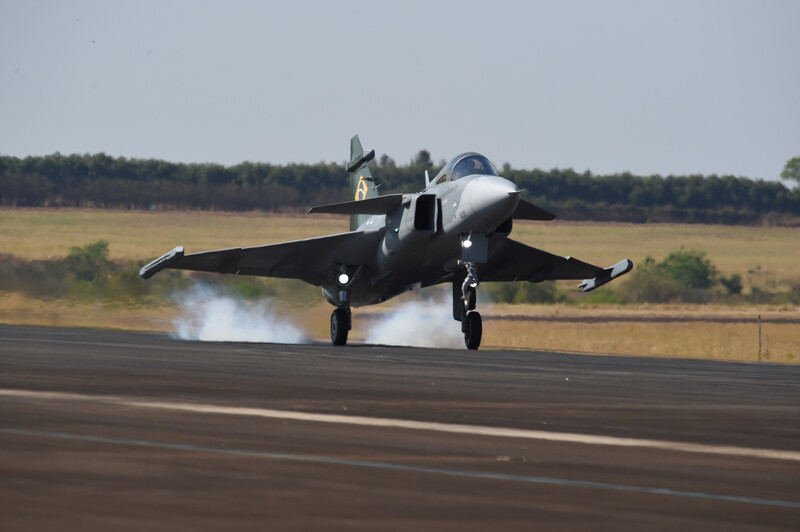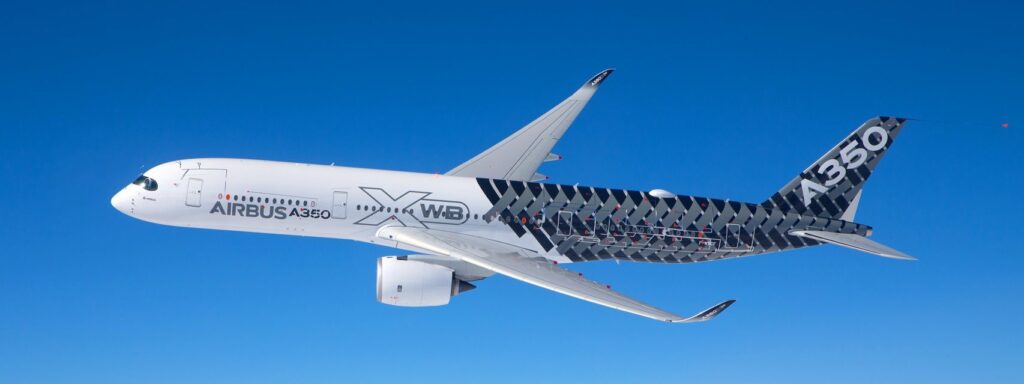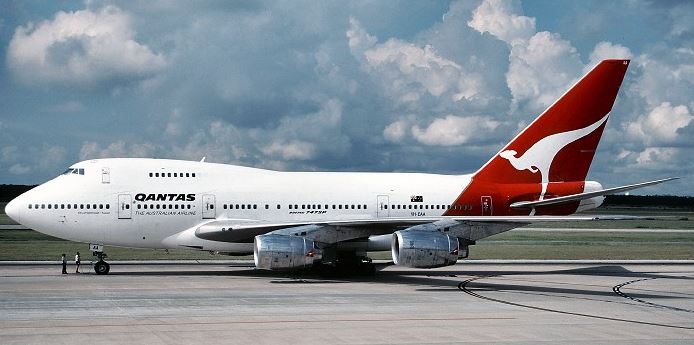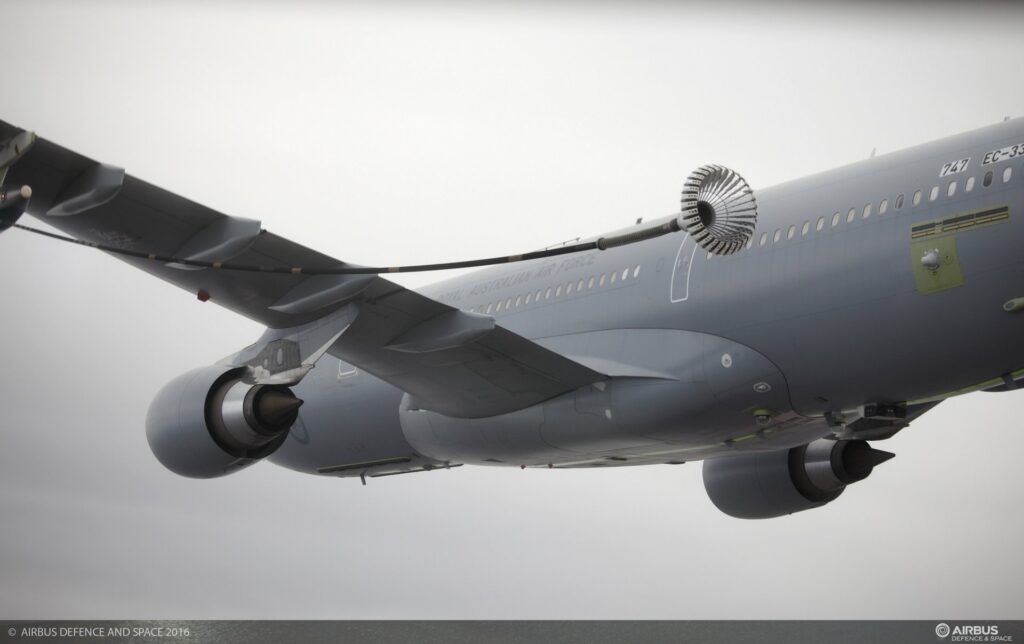JetBlue Announces Update on Negotiations with TWU
JetBlue (NASDAQ: JBLU) today announced it has reached a tentative agreement with the Transport Workers Union (TWU), regarding the process toward a contract for JetBlue’s inflight crewmembers. The agreement is subject to a ratification process…
